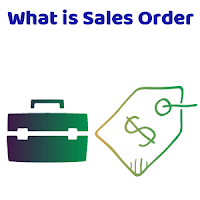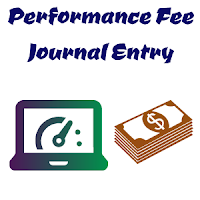Difference Between Purchases Order And Sales Order

Purchases Order VS Sales Order A Purchases Order is issued by the buyer to the seller informing him about the details of goods such as quantities of goods, agreed price, etc., whereas a Sales Order is issued by the seller or supplier to the buyer informing him about the mode of delivery of goods or services and payment. A purchase order is made at the time of ordering of goods or services to a seller while a sales order is made at the time of delivery of goods or services ready to be sent from the seller or supplier to the customer.










